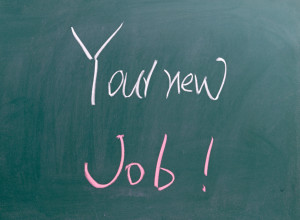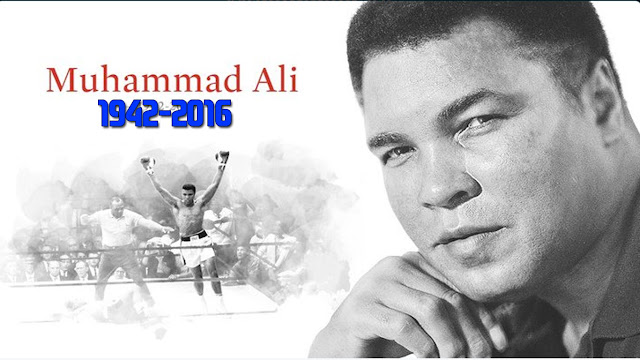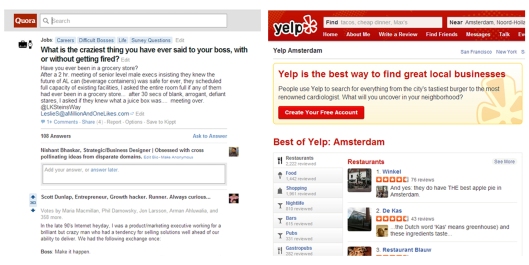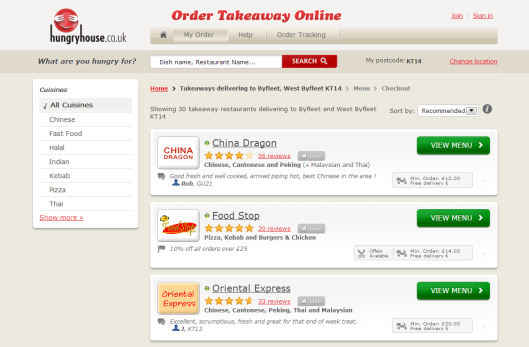
The first days and weeks on the job for new employees are crucial. They can literally make or break a new employee’s impression of your company and determine whether or not they want to stay.
Based on recent data from the ADP® DataCloud, a Big Data platform that allows business leaders and HR professionals to generate actionable insights from the workforce data embedded in their ADP HCM solutions, more than 25% of employees left their jobs within the first 60 days.
These are pretty startling statistics and constitute a real challenge for recruiters. That’s why after successfully attracting and recruiting talent into your organization, a positive onboarding experience is the next step to ensuring you retain them.
All too often, new employees are emailed a packet of intimidating forms to fill out and told to come back when it’s completed. Today’s workforce expects more and the talent you invite into your organization deserves a better experience.
Organizations should strive to create an onboarding solution that incorporates the latest best practices and trends, emphasizes employee socialization, increases engagement, and speeds the employee’s ability to contribute to your organization’s success, as well as their own.
A Fresh Approach to Onboarding
Every organization has its own version of the complex process of onboarding, but introducing the latest technology can benefit companies across the board.
If your onboarding experience is not using technology to the fullest, consider incorporating these four popular techniques:
Simplify. Make the onboarding experience easy and enjoyable for new hires. Use technology to communicate regularly and boost engagement. Enhance the user experience and simplify the process to make completing the required forms easy instead of tedious. Most importantly, seek feedback and continually work to improve the process over time.
Build Connections. Tap into social tools to introduce new hires to their team members and help them feel connected even before Day 1. No one is better suited to teach new hires about your organization, culture, and roles than their new colleagues. Facilitating relationship building early on will help them feel comfortable and bring them up to speed in record time.
Remove Friction. Ensure that onboarding is the beginning of the employee journey where information flows to the HCM system to avoid hours spent on repetitive data entry by HR and employees. The less time spent on data entry and paperwork means more time for assimilation, network building, and productivity.
Assume “Mobile-First.” According to the Nielsen® 2014 Digital Consumer Report, nearly two thirds of Americans own a smart phone and use it for everything from getting directions to online shopping. Today’s workforce has high expectations when it comes to accessing information at their fingertips. Developing a streamlined, intuitive onboarding processes with forms and social tools that can be easily read and accessed from a smart phone should be a major initiative.
Going beyond technology innovations, an overarching theme of any effective new hire experience is that onboarding is a continual process throughout the journey of work, not a single event. Bringing a new employee into an organization or on to a new team goes beyond a week of orientation and should include several conversations over time to allow the new hire to fully assimilate to their role and to the organization. Take time to clarify the company culture; check in often over the course of the first year of employment to ensure your new hire remains on a good path, and establish a follow-up plan to monitor how they’re faring.
Convert New Hires to Engaged, Productive Employees
Your organization gets one chance to do onboarding right, so go all-out to make it a meaningful experience for your employee. With the importance of recruiting and retaining talent at an all-time high, business leaders must understand that effectively integrating new hires into the organization is an important step to ensure their success.
Above all, the onboarding experience is a personal one. If new employees are treated as valued contributors from the start, it increases the probability that they’ll be engaged, and remain engaged, as they disperse throughout the company.
 This article was written by By Dave Imbrogno, President of National Account Services for ADP’s Global Enterprise Solutions unit. He is responsible for many of the company’s Human Capital Management solutions, including Human Resources, Payroll, Time and Labor Management, Comprehensive Outsourcing Services, Talent Acquisition and Talent Management.
This article was written by By Dave Imbrogno, President of National Account Services for ADP’s Global Enterprise Solutions unit. He is responsible for many of the company’s Human Capital Management solutions, including Human Resources, Payroll, Time and Labor Management, Comprehensive Outsourcing Services, Talent Acquisition and Talent Management.
Transforming Onboarding to Help Maximize Success
Transforming Onboarding to Help Maximize Success






 This article was written by By Dave Imbrogno, President of National Account Services for ADP’s Global Enterprise Solutions unit. He is responsible for many of the company’s Human Capital Management solutions, including Human Resources, Payroll, Time and Labor Management, Comprehensive Outsourcing Services, Talent Acquisition and Talent Management.
This article was written by By Dave Imbrogno, President of National Account Services for ADP’s Global Enterprise Solutions unit. He is responsible for many of the company’s Human Capital Management solutions, including Human Resources, Payroll, Time and Labor Management, Comprehensive Outsourcing Services, Talent Acquisition and Talent Management.













